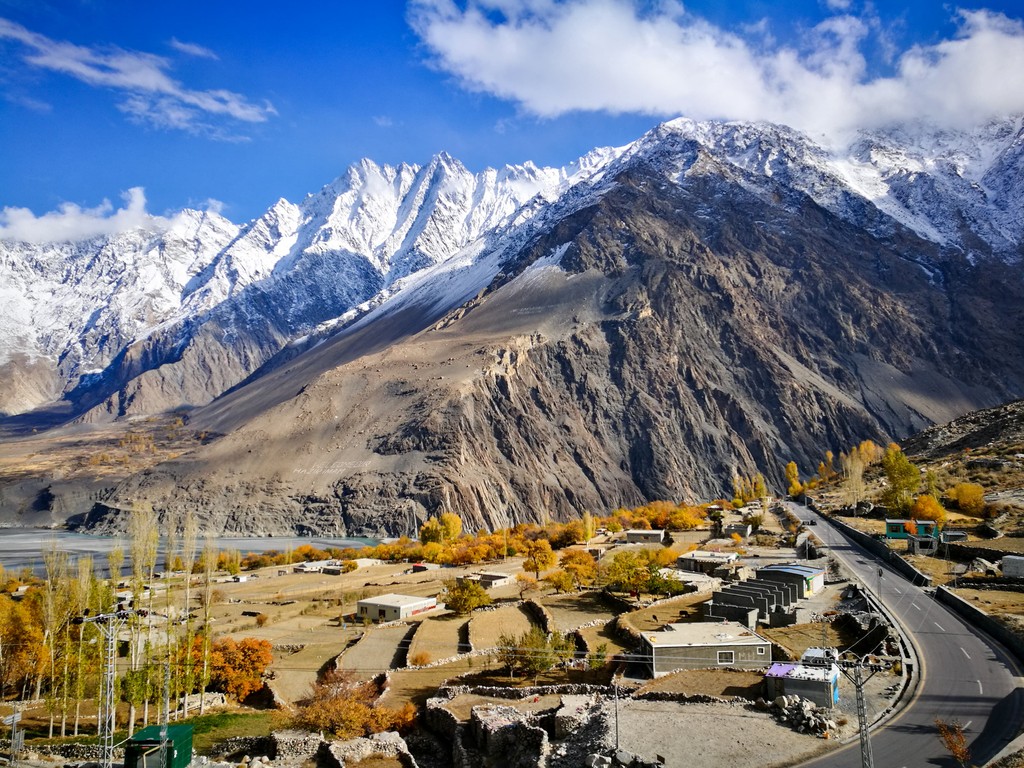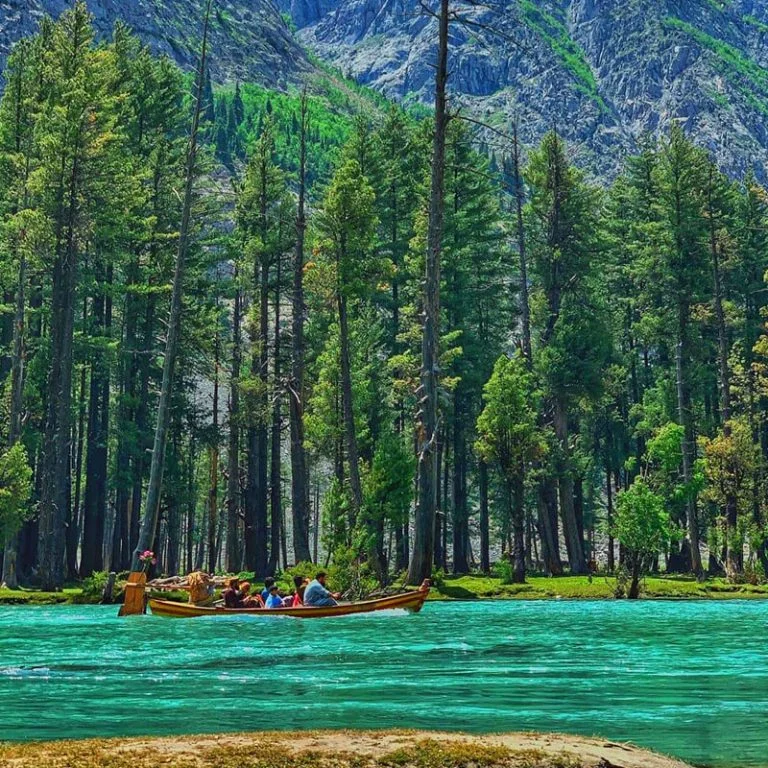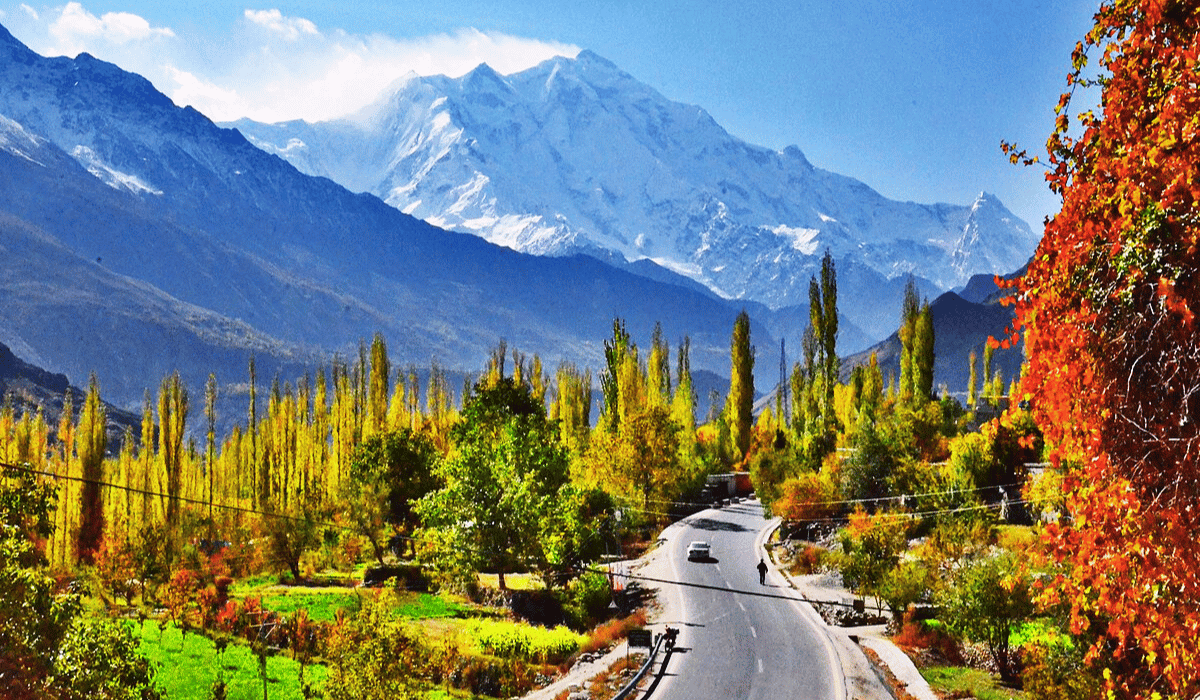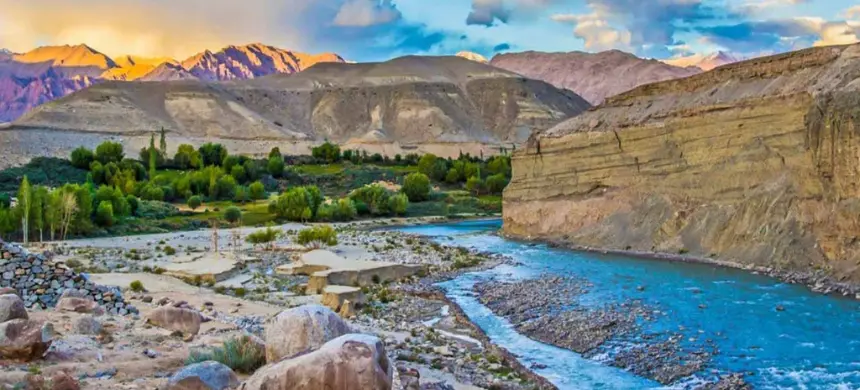Northern Pakistan: A Paradise at Risk and the Push for Sustainable Tourism
Amidst the breathtaking peaks of the Karakoram and the Himalayas, northern Pakistan is often hailed as a paradise on earth. With World Clean Up Day observed on September 20th, it’s crucial for Pakistan to address the impact of waste on this ecological wonderland, which has drawn both domestic and international tourists for years. Locations like Hunza, Skardu, and Gilgit, known for their crystal-clear rivers and lush valleys, are increasingly popular for those seeking adventure and serenity.

According to a World Bank report, the travel and tourism sector contributed 5.9% to Pakistan’s GDP in 2022, supporting approximately 4.2 million jobs. The country attracted around US$ 16 billion in visitor spending last year, projected to reach approximately US$ 30 billion by 2033.
As tourism has emerged as a significant industry, bolstering allied sectors such as hospitality, transport, and agriculture, it offers not only economic benefits but also a chance to enhance Pakistan’s global image.
Despite a surge in tourism, Pakistan ranks a lowly 101st out of 119 countries on the Travel and Tourism Development Index 2024, primarily due to inadequate infrastructure and systems to support popular destinations.

With an increase in visitors comes the challenge of maintaining ecological balance. Issues like climate change, natural disasters, energy shortages, and safety concerns hinder the full potential of the tourism industry.
For decades, northern Pakistan has relied mainly on agriculture and livestock, but the rise of tourism presents new economic opportunities. Local businesses, including hotels, guesthouses, and shops selling handicrafts, are beginning to flourish. As Zain Ali, a tour guide from Hunza, notes, “Tourism breathes life into these communities,” allowing residents to showcase their culture and natural beauty while providing a steady source of income.

However, this growth comes with its own challenges. The influx of tourists often results in environmental degradation, with litter and waste becoming common sights along hiking trails and in towns. Noor Bano, an environmental activist from Skardu, points out, “Tourism is proving to be both a blessing and a curse. While it has brought economic benefits, it has also led to significant waste, threatening our environment.”
Pakistan is home to five of the 14 peaks over 8,000 meters, including K-2 and Nanga Parbat, alongside the world’s largest glaciers. Unfortunately, pollution and climate change are jeopardizing the ecological balance of these majestic landscapes. Increased glacial melts, landslides due to deforestation, and erratic weather patterns are becoming alarmingly common.

Globally, sustainable tourism initiatives have successfully balanced economic development with environmental conservation. Northern Pakistan is beginning to adopt similar strategies. Capt. (R.) Mushtaq Ahmad, Additional Chief Secretary of Gilgit-Baltistan, emphasizes the importance of waste management in sustaining tourism.
To address these challenges, the Government of Gilgit-Baltistan has launched the Waste-Free Gilgit-Baltistan Program in collaboration with Coca-Cola, which includes a baling and crushing unit and an awareness campaign on sustainable tourism. Their partnership with the Mountain and Glacier Protection Organization (MGPO) since 2017 aims to improve water access for mountain communities, demonstrating a commitment to preserving this fragile ecosystem.

Furthermore, public-private partnerships must adhere to environmental, social, and governance (ESG) standards to ensure sustainable practices while promoting community welfare. By aligning business interests with environmental conservation and community development, all stakeholders—people, profits, and the planet—can benefit from a sustainable tourism model in Northern Pakistan.











